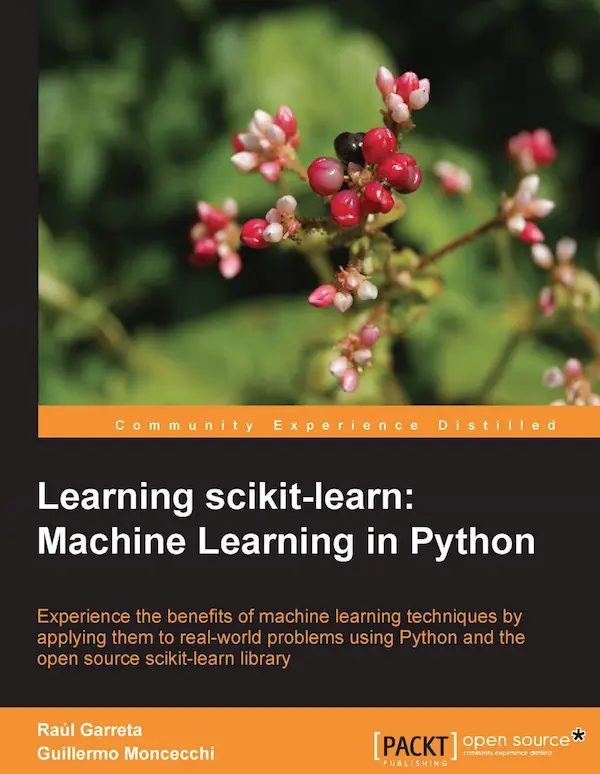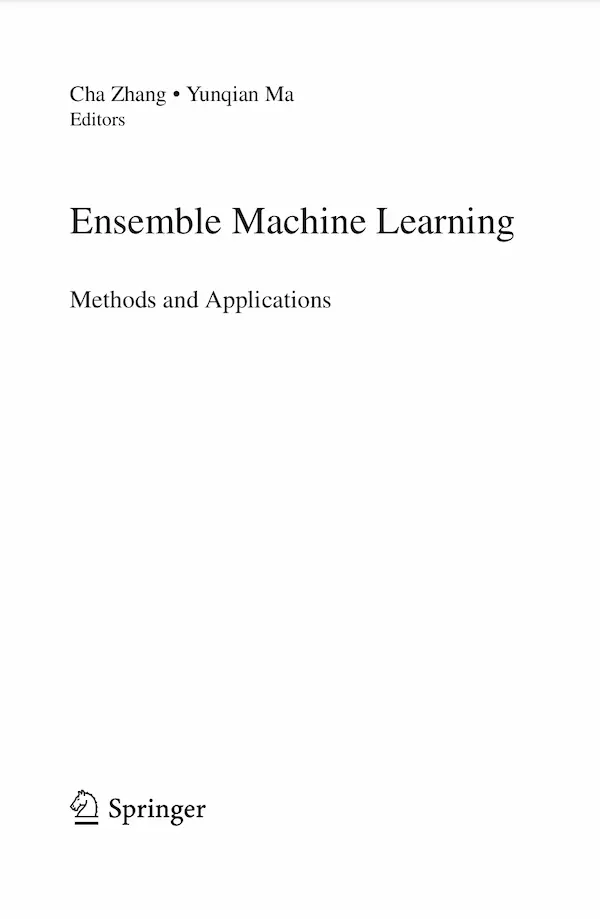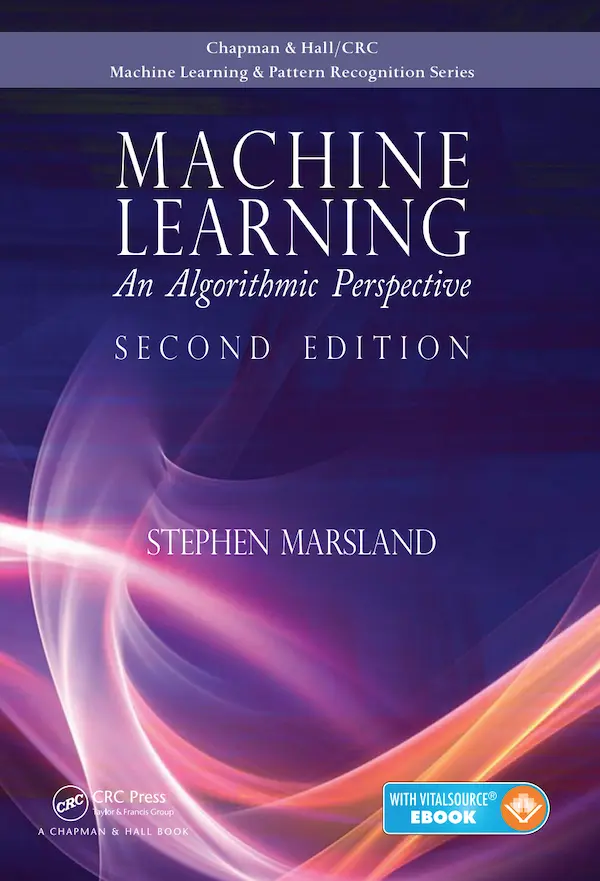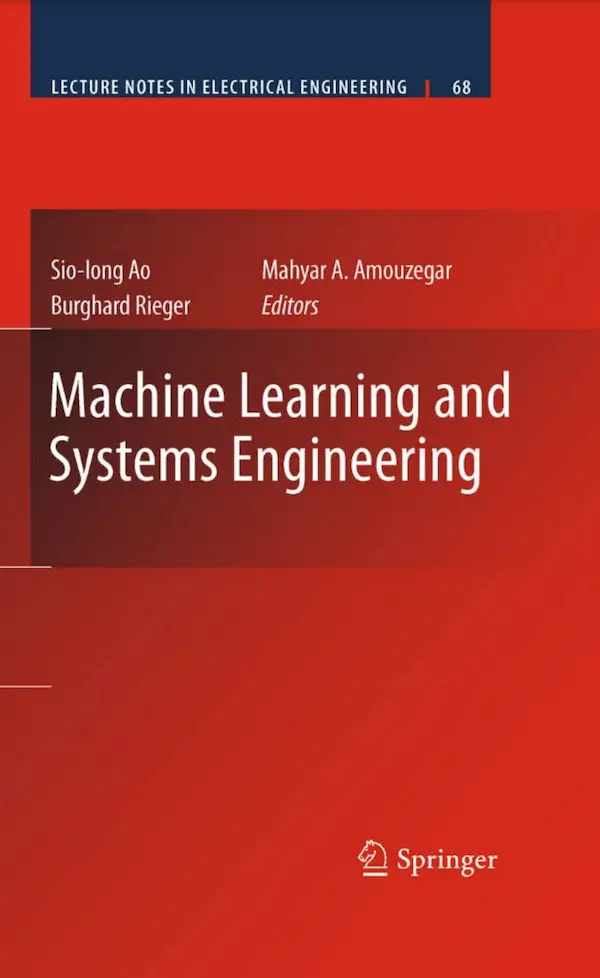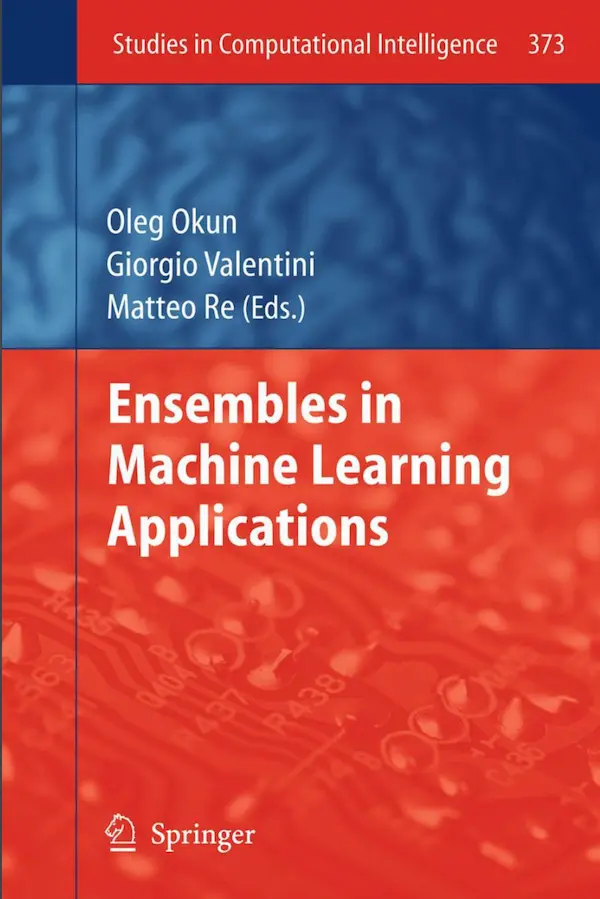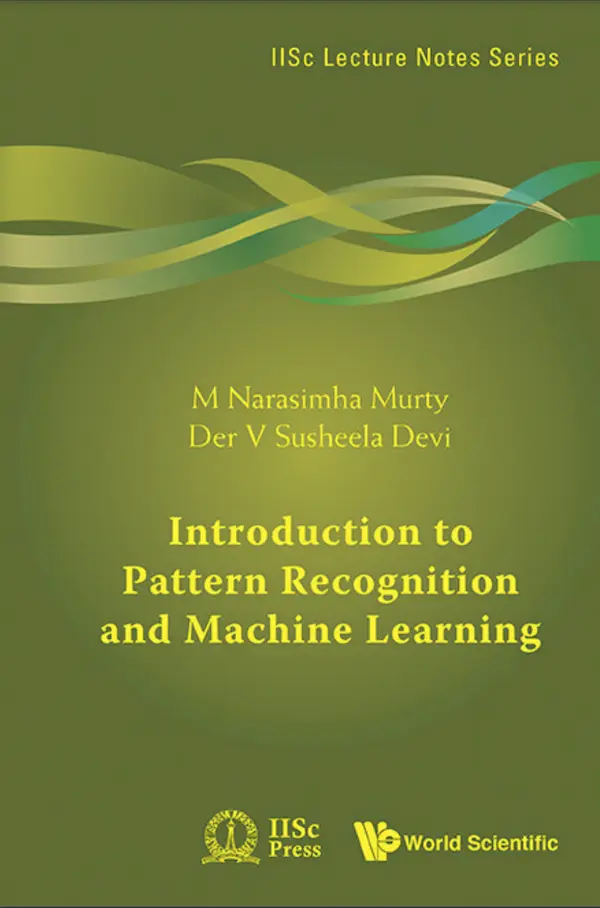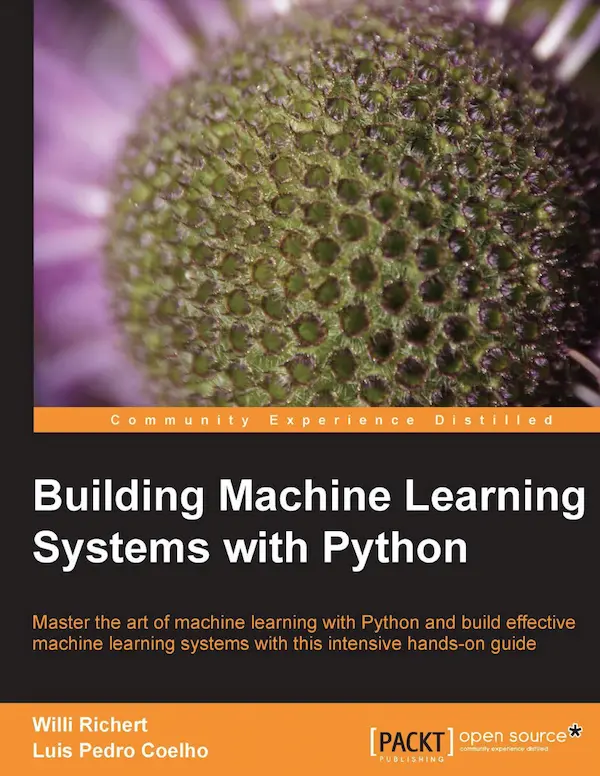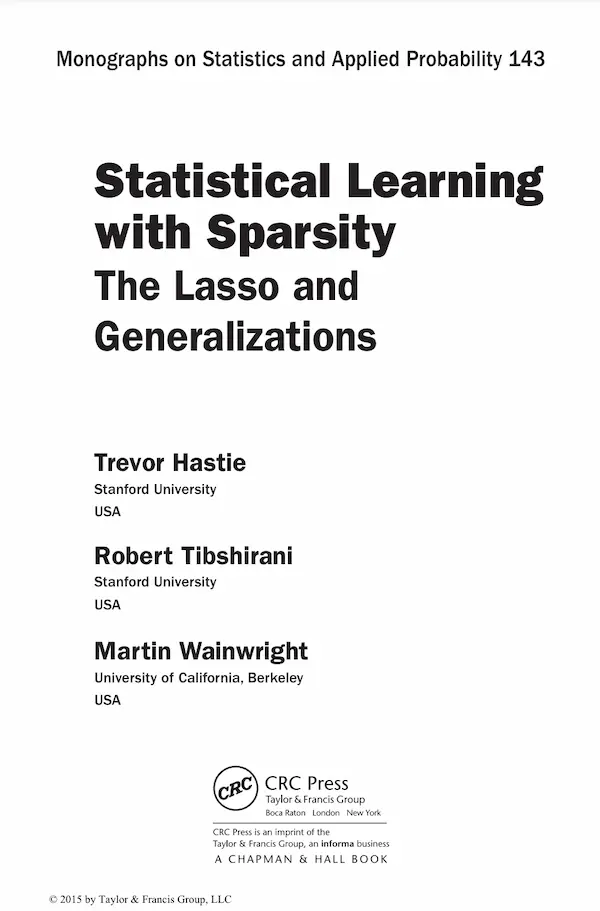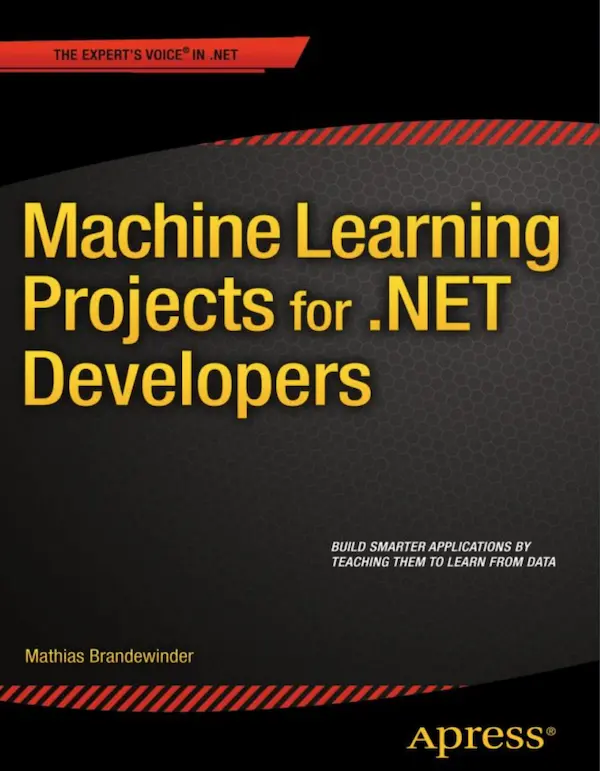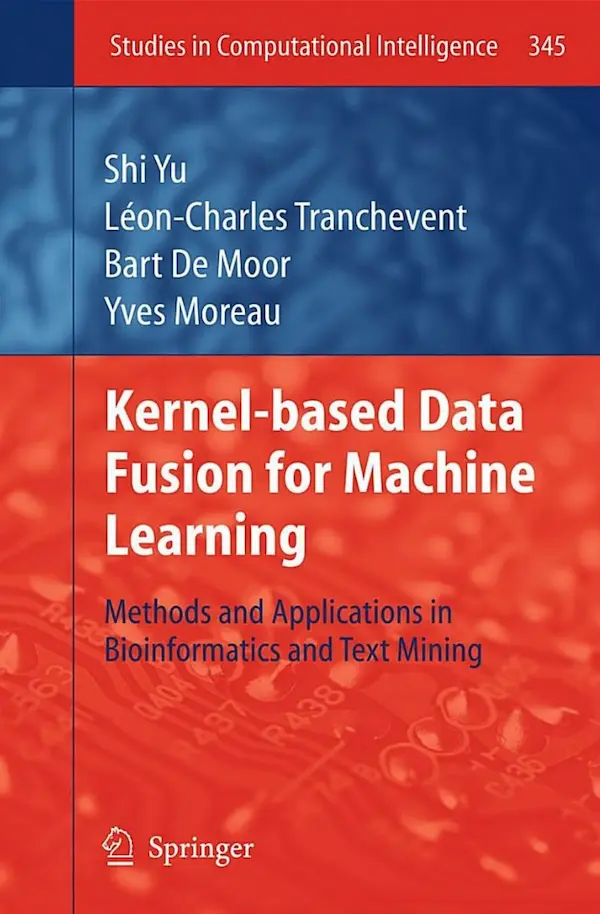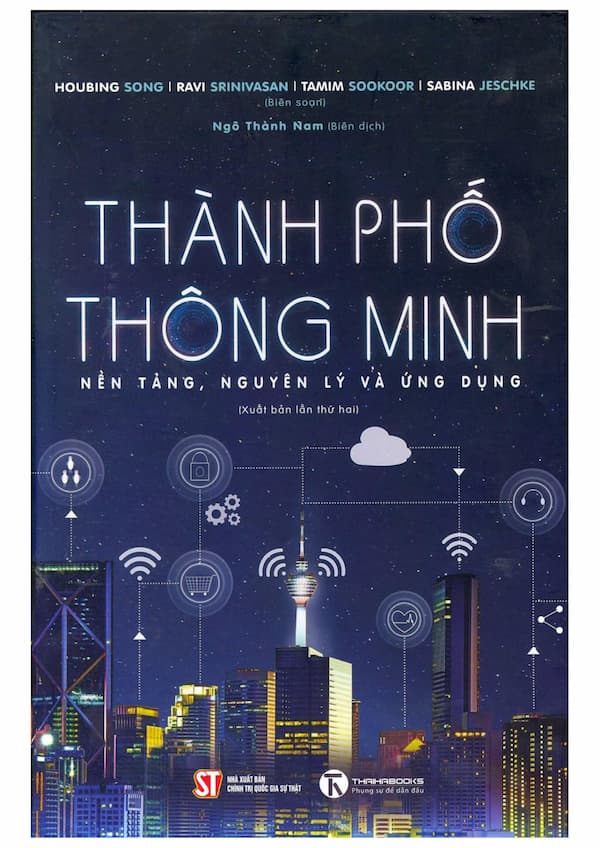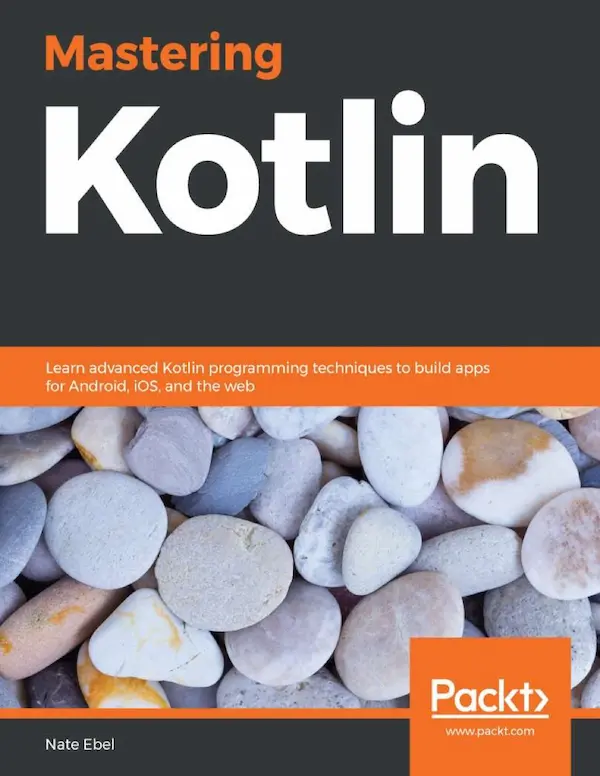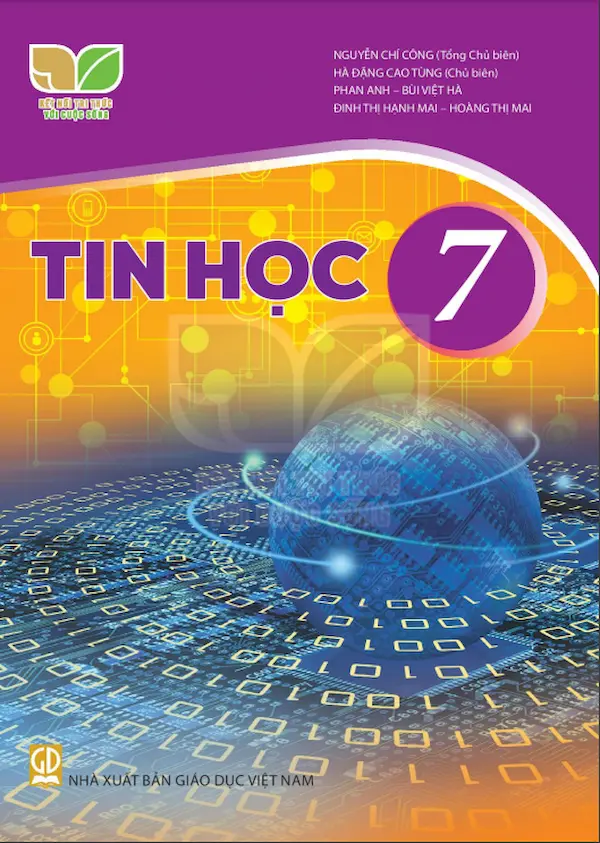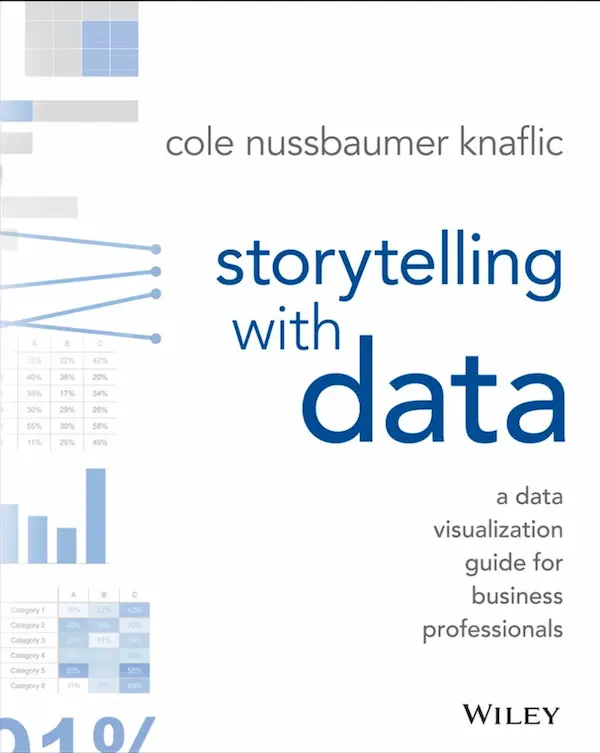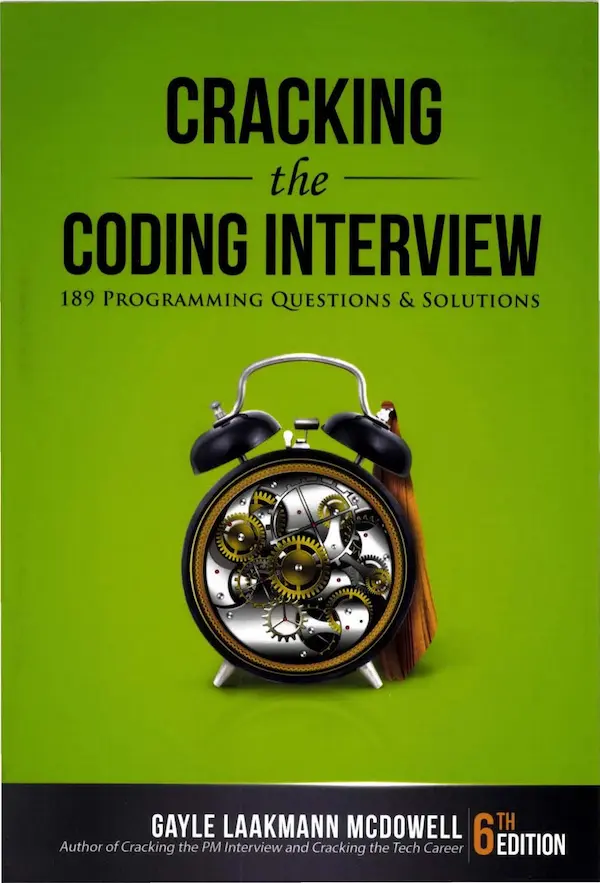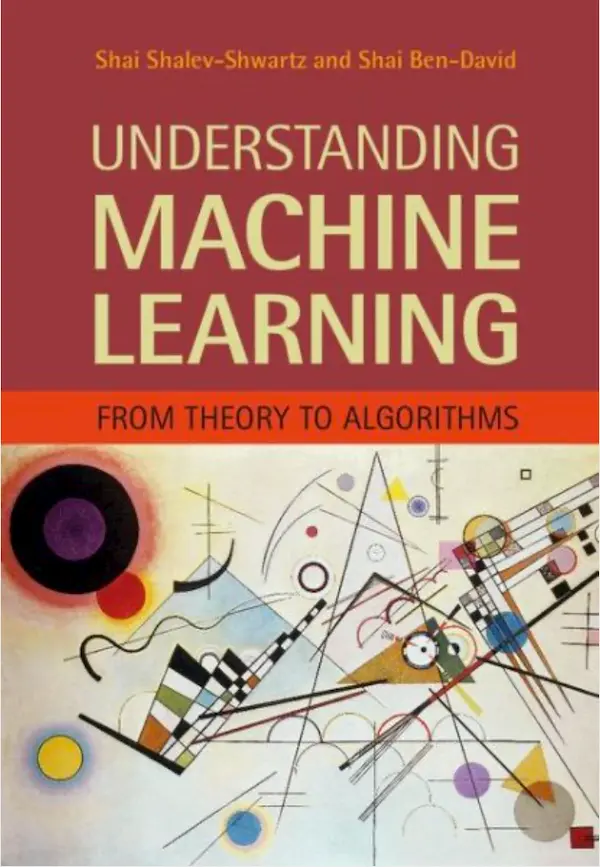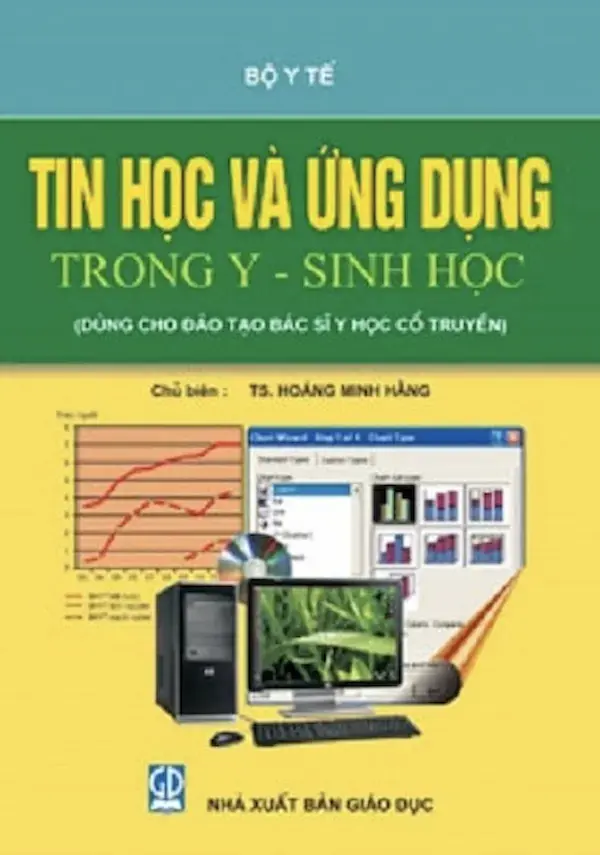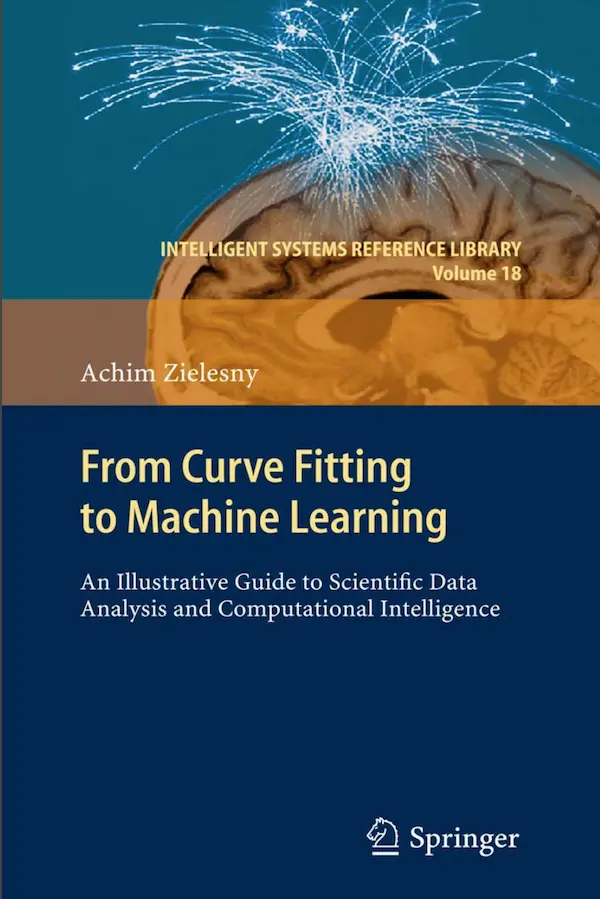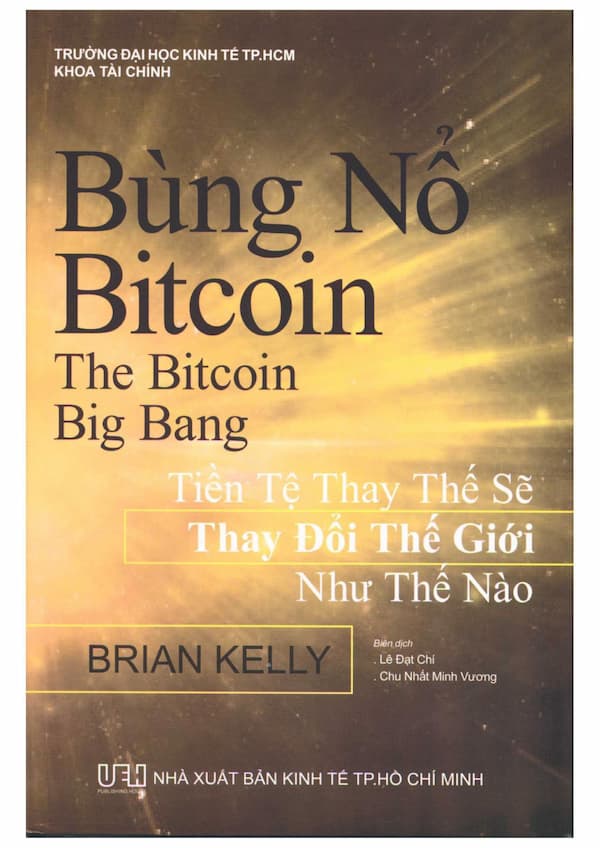
PART 1. STATE OF THE ART ................ 1
Chapter 1. Introduction .................. 3
1.1. Organization of the book .............. 6
1.2. Utterance corpus ................... 8
1.3. Datasets from the UCI repository ......... 10
1.3.1. Wine dataset (wine) ............... 10
1.3.2. Wisconsin breast cancer dataset (breast) . . 11
1.3.3. Handwritten digits dataset (Pendig) ..... 11
1.3.4. Pima Indians diabetes (diabetes) ....... 12
1.3.5. Iris dataset (Iris) ................. 13
1.4. Microarray dataset .................. 13
1.5. Simulated datasets .................. 14
1.5.1. Mixtures of Gaussians .............. 14
1.5.2. Spatial datasets with non-homogeneous inter-cluster distance .............. 14
Chapter 2. State of the Art in Clustering and Semi-Supervised Techniques .............. 15
2.1. Introduction ...................... 15
2.2. Unsupervised machine learning (clustering) . . 15
2.3. A brief history of cluster analysis ......... 16
2.4. Cluster algorithms .................. 19
2.4.1. Hierarchical algorithms ............. 19
2.4.1.1. Agglomerative clustering ......... 19
2.4.1.2. Divisive algorithms ............ 23
2.4.2. Model-based clustering ............. 24
2.4.2.1. The expectation maximization (EM) algorithm ................... 25
2.4.3. Partitional competitive models ........ 30
2.4.3.1. K-means ................... 30
2.4.3.2. Neural gas .................. 35
2.4.3.3. Partitioning around Medoids (PAM) . . 37
2.4.3.4. Self-organizing maps ........... 39
2.4.4. Density-based clustering ............ 45
2.4.4.1. Direct density reachability ........ 45
2.4.4.2. Density reachability ............ 46
2.4.4.3. Density connection ............. 46
2.4.4.4. Border points ................ 47
2.4.4.5. Noise points ................. 47
2.4.4.6. DBSCAN algorithm ............ 47
2.4.5. Graph-based clustering ............. 49
2.4.5.1. Pole-based overlapping clustering ... 49
2.4.6. Affectation stage ................. 52
2.4.6.1. Advantages and drawbacks ....... 52
2.5. Applications of cluster analysis .......... 52
2.5.1. Image segmentation ............... 53
2.5.2. Molecular biology ................. 55
2.5.2.1. Biological considerations ......... 56
2.5.3. Information retrieval and document clustering ...................... 60
2.5.3.1. Document pre-processing ......... 61
2.5.3.2. Boolean model representation ...... 63
2.5.3.3. Vector space model ............. 64
2.5.3.4. Term weighting ............... 65
2.5.3.5. Probabilistic models ............ 71
2.5.4. Clustering documents in information retrieval ....................... 76
2.5.4.1. Clustering of presented results ..... 76
2.5.4.2. Post-retrieval document browsing (Scatter-Gather) .............. 76
2.6. Evaluation methods ................. 77
2.7. Internal cluster evaluation ............. 77
2.7.1. Entropy ....................... 78
2.7.2. Purity ........................ 78
2.7.3. Normalized mutual information ........ 79
2.8. External cluster validation ............. 80
2.8.1. Hartigan ...................... 80
2.8.2. Davies Bouldin index .............. 81
2.8.3. Krzanowski and Lai index ........... 81
2.8.4. Silhouette ..................... 82
2.8.5. Gap statistic .................... 82
2.9. Semi-supervised learning .............. 84
2.9.1. Self training .................... 84
2.9.2. Co-training ..................... 85
2.9.3. Generative models ................ 86
2.10. Summary ....................... 88
PART 2. APPROACHES TO SEMI-SUPERVISED
CLASSIFICATION ....................... 91
Chapter 3. Semi-Supervised Classification Using
Prior Word Clustering ................... 93
3.1. Introduction ...................... 93
3.2. Dataset ......................... 94
3.3. Utterance classification scheme .......... 94
3.3.1. Pre-processing ................... 94
3.3.1.1. Utterance vector representation ..... 96
3.3.2. Utterance classification ............. 96
3.4. Semi-supervised approach based on term
clustering ........................ 98
3.4.1. Term clustering .................. 99
3.4.2. Semantic term dissimilarity .......... 100
3.4.2.1. Term vector of lexical co-occurrences . . 101
3.4.2.2. Metric of dissimilarity ........... 102
3.4.3. Term vector truncation ............. 104
3.4.4. Term clustering .................. 105
3.4.5. Feature extraction and utterance feature vector ........................ 109
3.4.6. Evaluation ..................... 110
3.5. Disambiguation .................... 113
3.5.1. Evaluation ..................... 116
3.6. Summary ........................ 124
Chapter 4. Semi-Supervised Classification Using Pattern Clustering ...................... 127
4.1. Introduction ...................... 127
4.2. New semi-supervised algorithm using the cluster and label strategy .............. 128
4.2.1. Block diagram ................... 128
4.2.1.1. Dataset .................... 129
4.2.1.2. Clustering .................. 130
4.2.1.3. Optimum cluster labeling ......... 130
4.2.1.4. Classification ................ 131
4.3. Optimum cluster labeling .............. 132
4.3.1. Problem definition ................ 132
4.3.2. The Hungarian algorithm ............ 134
4.3.2.1. Weighted complete bipartite graph ... 134
4.3.2.2. Matching, perfect matching and maximum weight matching ....... 135
4.3.2.3. Objective of Hungarian method ..... 136
4.3.2.4. Complexity considerations ........ 141
4.3.3. Genetic algorithms ................ 142
4.3.3.1. Reproduction operators .......... 143
4.3.3.2. Forming the next generation ....... 146
4.3.3.3. GAs applied to optimum cluster labeling .................... 147
4.3.3.4. Comparison of methods .......... 150
4.4. Supervised classification block ........... 154
4.4.1. Support vector machines ............ 154
4.4.1.1. The kernel trick for nonlinearly separable classes .............. 156
4.4.1.2. Multi-class classification ......... 157
4.4.2. Example ...................... 157
4.5. Datasets ........................ 159
4.5.1. Mixtures of Gaussians .............. 159
4.5.2. Datasets from the UCI repository ....... 159
4.5.2.1. Iris dataset (Iris) .............. 159
4.5.2.2. Wine dataset (wine) ............ 160
4.5.2.3. Wisconsin breast cancer dataset (breast) .................... 160
4.5.2.4. Handwritten digits dataset (Pendig) . . 160
4.5.2.5. Pima Indians diabetes (diabetes) .... 160
4.5.3. Utterance dataset ................ 160
4.6. An analysis of the bounds for the cluster and label approaches ................... 162
4.7. Extension through cluster pruning ........ 164
4.7.1. Determination of silhouette thresholds ... 166
4.7.2. Evaluation of the cluster pruning approach 171
4.8. Simulations and results ............... 173
4.9. Summary ........................ 179
PART 3.CONTRIBUTIONS TO UNSUPERVISED
CLASSIFICATION – ALGORITHMS TO DETECT
THE OPTIMAL NUMBER OF CLUSTERS ......... 183
Chapter 5. Detection of the Number of Clusters through Non-Parametric Clustering Algorithms . 185
5.1. Introduction ...................... 185
5.2. New hierarchical pole-based clustering algorithm ........................ 186
5.2.1. Pole-based clustering basis module ...... 187
5.2.2. Hierarchical pole-based clustering ...... 189
5.3. Evaluation ....................... 190
5.3.1. Cluster evaluation metrics ........... 191
5.4. Datasets ........................ 192
5.4.1. Results ....................... 192
5.4.2. Complexity considerations for large databases ...................... 195
5.5. Summary ........................ 197
Chapter 6. Detecting the Number of Clusters through Cluster Validation ................ 199
6.1. Introduction ...................... 199
6.2. Cluster validation methods ............. 201
6.2.1. Dunn index ..................... 201
6.2.2. Hartigan ...................... 201
6.2.3. Davies Bouldin index .............. 202
6.2.4. Krzanowski and Lai index ........... 202
6.2.5. Silhouette ..................... 203
6.2.6. Hubert’s γ ..................... 204
6.2.7. Gap statistic .................... 205
6.3. Combination approach based on quantiles ... 206
6.4. Datasets ........................ 212
6.4.1. Mixtures of Gaussians .............. 212
6.4.2. Cancer DNA-microarray dataset ....... 213
6.4.3. Iris dataset ..................... 214
6.5. Results ......................... 214
6.5.1. Validation results of the five Gaussian dataset ....................... 215
6.5.2. Validation results of the mixture of seven Gaussians ..................... 220
6.5.3. Validation results of the NCI60 dataset ... 220
6.5.4. Validation results of the Iris dataset ..... 221
6.5.5. Discussion ..................... 222
6.6. Application of speech utterances ......... 223
6.7. Summary ........................ 224
Bibliography .......................... 227
Index ............................... 243
Chapter 1. Introduction .................. 3
1.1. Organization of the book .............. 6
1.2. Utterance corpus ................... 8
1.3. Datasets from the UCI repository ......... 10
1.3.1. Wine dataset (wine) ............... 10
1.3.2. Wisconsin breast cancer dataset (breast) . . 11
1.3.3. Handwritten digits dataset (Pendig) ..... 11
1.3.4. Pima Indians diabetes (diabetes) ....... 12
1.3.5. Iris dataset (Iris) ................. 13
1.4. Microarray dataset .................. 13
1.5. Simulated datasets .................. 14
1.5.1. Mixtures of Gaussians .............. 14
1.5.2. Spatial datasets with non-homogeneous inter-cluster distance .............. 14
Chapter 2. State of the Art in Clustering and Semi-Supervised Techniques .............. 15
2.1. Introduction ...................... 15
2.2. Unsupervised machine learning (clustering) . . 15
2.3. A brief history of cluster analysis ......... 16
2.4. Cluster algorithms .................. 19
2.4.1. Hierarchical algorithms ............. 19
2.4.1.1. Agglomerative clustering ......... 19
2.4.1.2. Divisive algorithms ............ 23
2.4.2. Model-based clustering ............. 24
2.4.2.1. The expectation maximization (EM) algorithm ................... 25
2.4.3. Partitional competitive models ........ 30
2.4.3.1. K-means ................... 30
2.4.3.2. Neural gas .................. 35
2.4.3.3. Partitioning around Medoids (PAM) . . 37
2.4.3.4. Self-organizing maps ........... 39
2.4.4. Density-based clustering ............ 45
2.4.4.1. Direct density reachability ........ 45
2.4.4.2. Density reachability ............ 46
2.4.4.3. Density connection ............. 46
2.4.4.4. Border points ................ 47
2.4.4.5. Noise points ................. 47
2.4.4.6. DBSCAN algorithm ............ 47
2.4.5. Graph-based clustering ............. 49
2.4.5.1. Pole-based overlapping clustering ... 49
2.4.6. Affectation stage ................. 52
2.4.6.1. Advantages and drawbacks ....... 52
2.5. Applications of cluster analysis .......... 52
2.5.1. Image segmentation ............... 53
2.5.2. Molecular biology ................. 55
2.5.2.1. Biological considerations ......... 56
2.5.3. Information retrieval and document clustering ...................... 60
2.5.3.1. Document pre-processing ......... 61
2.5.3.2. Boolean model representation ...... 63
2.5.3.3. Vector space model ............. 64
2.5.3.4. Term weighting ............... 65
2.5.3.5. Probabilistic models ............ 71
2.5.4. Clustering documents in information retrieval ....................... 76
2.5.4.1. Clustering of presented results ..... 76
2.5.4.2. Post-retrieval document browsing (Scatter-Gather) .............. 76
2.6. Evaluation methods ................. 77
2.7. Internal cluster evaluation ............. 77
2.7.1. Entropy ....................... 78
2.7.2. Purity ........................ 78
2.7.3. Normalized mutual information ........ 79
2.8. External cluster validation ............. 80
2.8.1. Hartigan ...................... 80
2.8.2. Davies Bouldin index .............. 81
2.8.3. Krzanowski and Lai index ........... 81
2.8.4. Silhouette ..................... 82
2.8.5. Gap statistic .................... 82
2.9. Semi-supervised learning .............. 84
2.9.1. Self training .................... 84
2.9.2. Co-training ..................... 85
2.9.3. Generative models ................ 86
2.10. Summary ....................... 88
PART 2. APPROACHES TO SEMI-SUPERVISED
CLASSIFICATION ....................... 91
Chapter 3. Semi-Supervised Classification Using
Prior Word Clustering ................... 93
3.1. Introduction ...................... 93
3.2. Dataset ......................... 94
3.3. Utterance classification scheme .......... 94
3.3.1. Pre-processing ................... 94
3.3.1.1. Utterance vector representation ..... 96
3.3.2. Utterance classification ............. 96
3.4. Semi-supervised approach based on term
clustering ........................ 98
3.4.1. Term clustering .................. 99
3.4.2. Semantic term dissimilarity .......... 100
3.4.2.1. Term vector of lexical co-occurrences . . 101
3.4.2.2. Metric of dissimilarity ........... 102
3.4.3. Term vector truncation ............. 104
3.4.4. Term clustering .................. 105
3.4.5. Feature extraction and utterance feature vector ........................ 109
3.4.6. Evaluation ..................... 110
3.5. Disambiguation .................... 113
3.5.1. Evaluation ..................... 116
3.6. Summary ........................ 124
Chapter 4. Semi-Supervised Classification Using Pattern Clustering ...................... 127
4.1. Introduction ...................... 127
4.2. New semi-supervised algorithm using the cluster and label strategy .............. 128
4.2.1. Block diagram ................... 128
4.2.1.1. Dataset .................... 129
4.2.1.2. Clustering .................. 130
4.2.1.3. Optimum cluster labeling ......... 130
4.2.1.4. Classification ................ 131
4.3. Optimum cluster labeling .............. 132
4.3.1. Problem definition ................ 132
4.3.2. The Hungarian algorithm ............ 134
4.3.2.1. Weighted complete bipartite graph ... 134
4.3.2.2. Matching, perfect matching and maximum weight matching ....... 135
4.3.2.3. Objective of Hungarian method ..... 136
4.3.2.4. Complexity considerations ........ 141
4.3.3. Genetic algorithms ................ 142
4.3.3.1. Reproduction operators .......... 143
4.3.3.2. Forming the next generation ....... 146
4.3.3.3. GAs applied to optimum cluster labeling .................... 147
4.3.3.4. Comparison of methods .......... 150
4.4. Supervised classification block ........... 154
4.4.1. Support vector machines ............ 154
4.4.1.1. The kernel trick for nonlinearly separable classes .............. 156
4.4.1.2. Multi-class classification ......... 157
4.4.2. Example ...................... 157
4.5. Datasets ........................ 159
4.5.1. Mixtures of Gaussians .............. 159
4.5.2. Datasets from the UCI repository ....... 159
4.5.2.1. Iris dataset (Iris) .............. 159
4.5.2.2. Wine dataset (wine) ............ 160
4.5.2.3. Wisconsin breast cancer dataset (breast) .................... 160
4.5.2.4. Handwritten digits dataset (Pendig) . . 160
4.5.2.5. Pima Indians diabetes (diabetes) .... 160
4.5.3. Utterance dataset ................ 160
4.6. An analysis of the bounds for the cluster and label approaches ................... 162
4.7. Extension through cluster pruning ........ 164
4.7.1. Determination of silhouette thresholds ... 166
4.7.2. Evaluation of the cluster pruning approach 171
4.8. Simulations and results ............... 173
4.9. Summary ........................ 179
PART 3.CONTRIBUTIONS TO UNSUPERVISED
CLASSIFICATION – ALGORITHMS TO DETECT
THE OPTIMAL NUMBER OF CLUSTERS ......... 183
Chapter 5. Detection of the Number of Clusters through Non-Parametric Clustering Algorithms . 185
5.1. Introduction ...................... 185
5.2. New hierarchical pole-based clustering algorithm ........................ 186
5.2.1. Pole-based clustering basis module ...... 187
5.2.2. Hierarchical pole-based clustering ...... 189
5.3. Evaluation ....................... 190
5.3.1. Cluster evaluation metrics ........... 191
5.4. Datasets ........................ 192
5.4.1. Results ....................... 192
5.4.2. Complexity considerations for large databases ...................... 195
5.5. Summary ........................ 197
Chapter 6. Detecting the Number of Clusters through Cluster Validation ................ 199
6.1. Introduction ...................... 199
6.2. Cluster validation methods ............. 201
6.2.1. Dunn index ..................... 201
6.2.2. Hartigan ...................... 201
6.2.3. Davies Bouldin index .............. 202
6.2.4. Krzanowski and Lai index ........... 202
6.2.5. Silhouette ..................... 203
6.2.6. Hubert’s γ ..................... 204
6.2.7. Gap statistic .................... 205
6.3. Combination approach based on quantiles ... 206
6.4. Datasets ........................ 212
6.4.1. Mixtures of Gaussians .............. 212
6.4.2. Cancer DNA-microarray dataset ....... 213
6.4.3. Iris dataset ..................... 214
6.5. Results ......................... 214
6.5.1. Validation results of the five Gaussian dataset ....................... 215
6.5.2. Validation results of the mixture of seven Gaussians ..................... 220
6.5.3. Validation results of the NCI60 dataset ... 220
6.5.4. Validation results of the Iris dataset ..... 221
6.5.5. Discussion ..................... 222
6.6. Application of speech utterances ......... 223
6.7. Summary ........................ 224
Bibliography .......................... 227
Index ............................... 243




